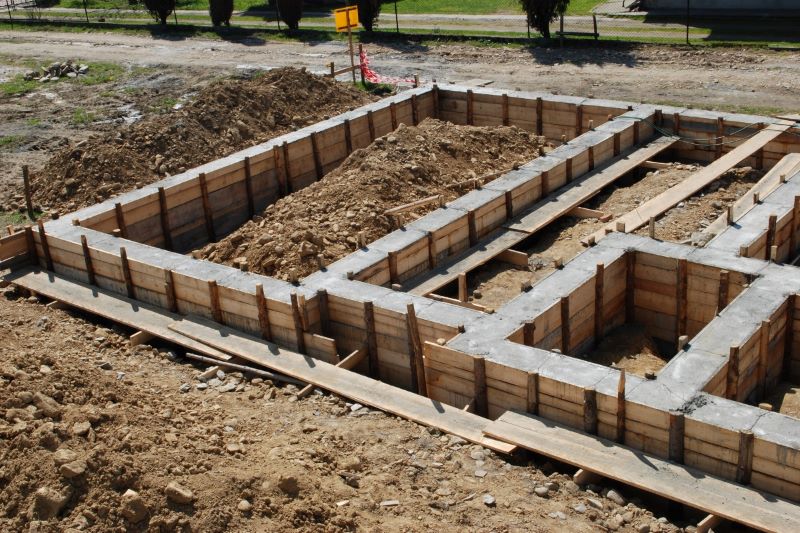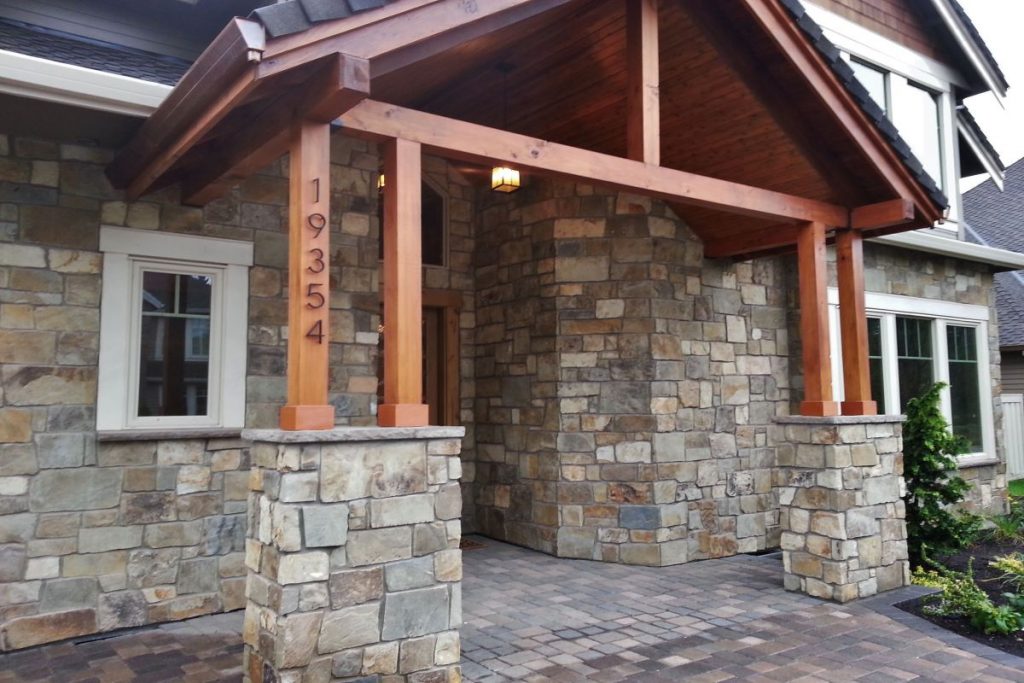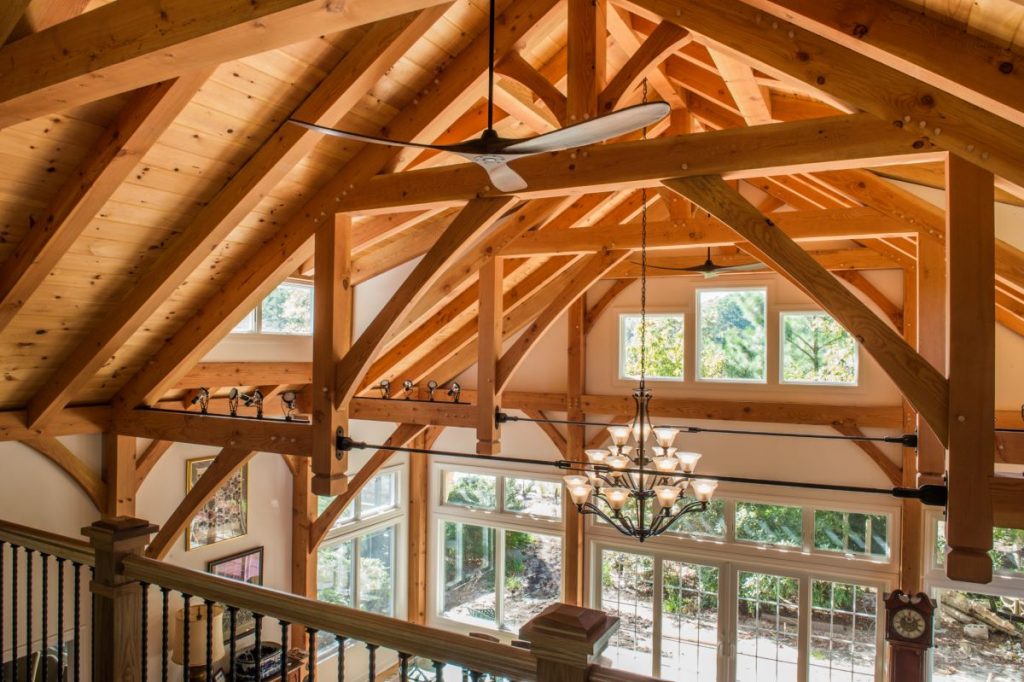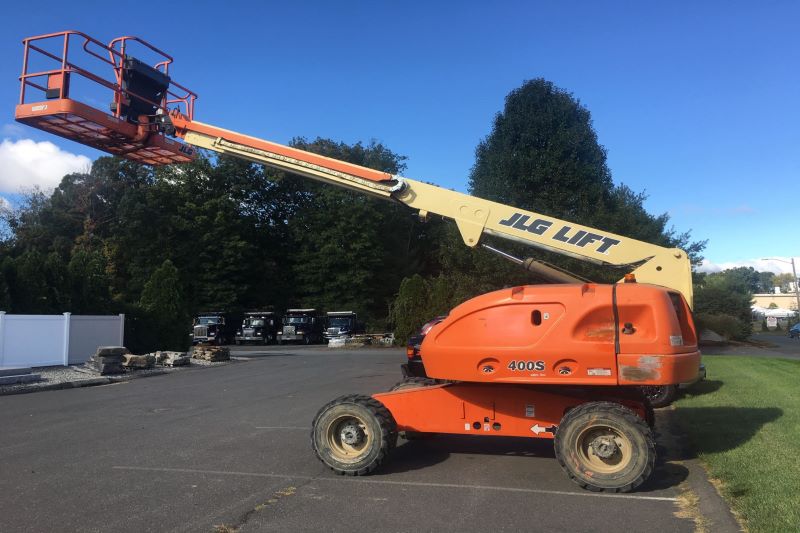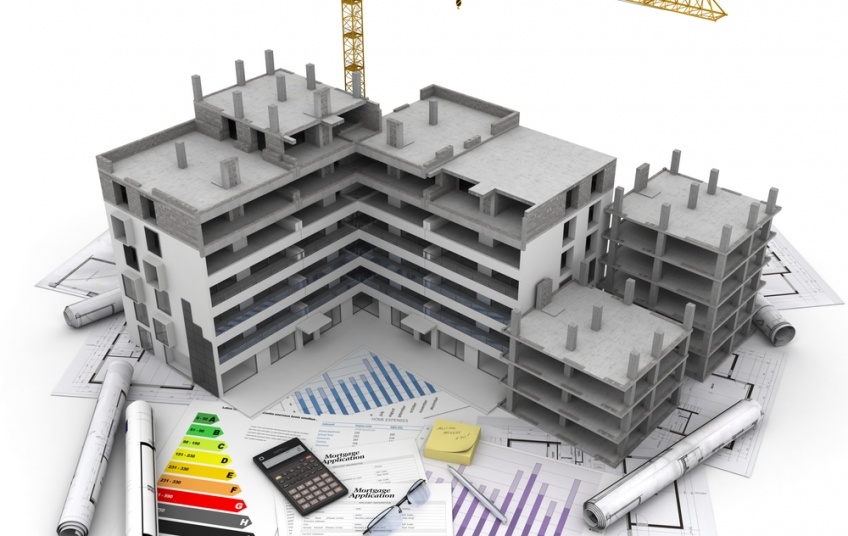Table of Contents
Foundation issues underneath a building can be expensive to repair, especially if they aren’t noticed in time for corrective methods to be used. When they are noticed quickly, corrective measures can be taken that are far less expensive than fixing not only the foundation but any damaged areas inside the home. Check your building’s foundation regularly and make sure you know the signs of foundation issues so you know what to look for. Contact an expert for assistance if you notice any of the signs listed here or if you have other reasons to be worried about your home’s foundation.
Cracks in the Foundation
Large cracks in the foundation are a sign that the foundation is settling and will need to be fixed. It’s a good idea to have an expert check out the cracks any time there are large cracks in the home’s foundation. However, even small cracks may be a concern. Smaller cracks can let water in, which can lead to further damage to the foundation. If you have any cracks in the foundation, contact foundation repair experts to see what’s needed to fix the issue before it becomes worse.
Doors and Windows that Stick
When doors and windows start to stick and won’t open easily, it’s a sign that there are structural issues in the building. This could be as simple as the door not fitting in the frame properly, but if it’s a new issue, it may be that there is foundation damage to the building that needs to be repaired. If there is just one door that is having an issue, check to see that the screws holding the hinges in place haven’t become loose. Tighten any loose screws and see if that fixes the problems with the door. If there are multiple doors and windows that are having problems, however, expert advice is needed.
Gaps Around Windows and Doors
Windows and doors should not have gaps around them. If there are gaps that have appeared around windows or doors on the interior, it could be because of a problem with the foundation. Take a look at the remainder of the building to see if it’s an issue around just one window or door or if it happens everywhere. The gaps can also let in drafts or allow insects to get inside the home, so they need to be fixed right away.
Counters or Cabinets Leaning Away from Walls
If the building is no longer level, cabinets and countertops may appear to be pulling away from the wall. They may seem like they’re just a tiny bit apart from the walls, but this is typically noticeable. Countertops will generally pull away if the floors are not level, while cabinets can pull away if the walls are no longer level. There will be signs of water damage to the wall if that is causing the issue. If there is no water damage causing this issue, it could be a foundation issue.
Basement Walls Leaning Inward
Basement walls can appear to bow inwards when there is too much pressure from outside of the walls. It may look like the walls aren’t straight anymore or it may be possible to tell the walls aren’t straight because they appear to lean when large furniture is pushed against the wall. When this happens, it’s a good sign there are foundation issues with the building that will need to be dealt with immediately. The problem will only get worse over time and can lead to water seeping into the basement and, eventually, the walls starting to collapse inward.
Cracks on the Inside or Outside
Cracks don’t have to be in the foundation to be a sign of foundation issues. With interior walls, cracks at a 45-degree angle will often mean the foundation has moved. If the exterior has stair-step cracks, it might be a sign that the building should be checked for foundation issues. Small cracks may just be a sign of the home settling, and they may not get worse over time. If the cracks seem to get worse or they are larger cracks, it’s worth it to have a professional take a look at them.
Sagging Floors
Foundation issues can impact the construction of floors, making it seem like they’re sagging or dipping. This can be seen on any level of the home, but it’s typically more prominent on the upper levels of a multi-story home. Test this with a level or, if you don’t have one, try placing a ball on the floor. If it starts rolling, the floors may not be level. If the floors are no longer level, have them inspected to see if it’s a problem with the subfloor or if the issue lies in the foundation of the building.
Foundation Moving Upwards
If the foundation seems to be moving upwards, this is a sign of the foundation settling. If this is noticeable, there are serious issues that need to be dealt with to keep the foundation from moving further or from damaging the building further. Signs of this may be noticed if the floors are no longer level or if more of the foundation can be seen on one side of the home compared to another. Expert assistance is required in this case as the issue can get significantly worse and cause a lot more damage to the home.
Foundation issues can cause serious damage to a building, but there are signs that there may be an issue long before irreparable damage occurs. If you notice any of the signs listed here in your building, have an expert take a look to see what needs to be fixed. They can inspect your entire home to determine if there are foundation issues occurring and let you know what all of your options for repair may be. Depending on the issue you have, calling an expert can save your home from significant damage over time as the house settles further.
